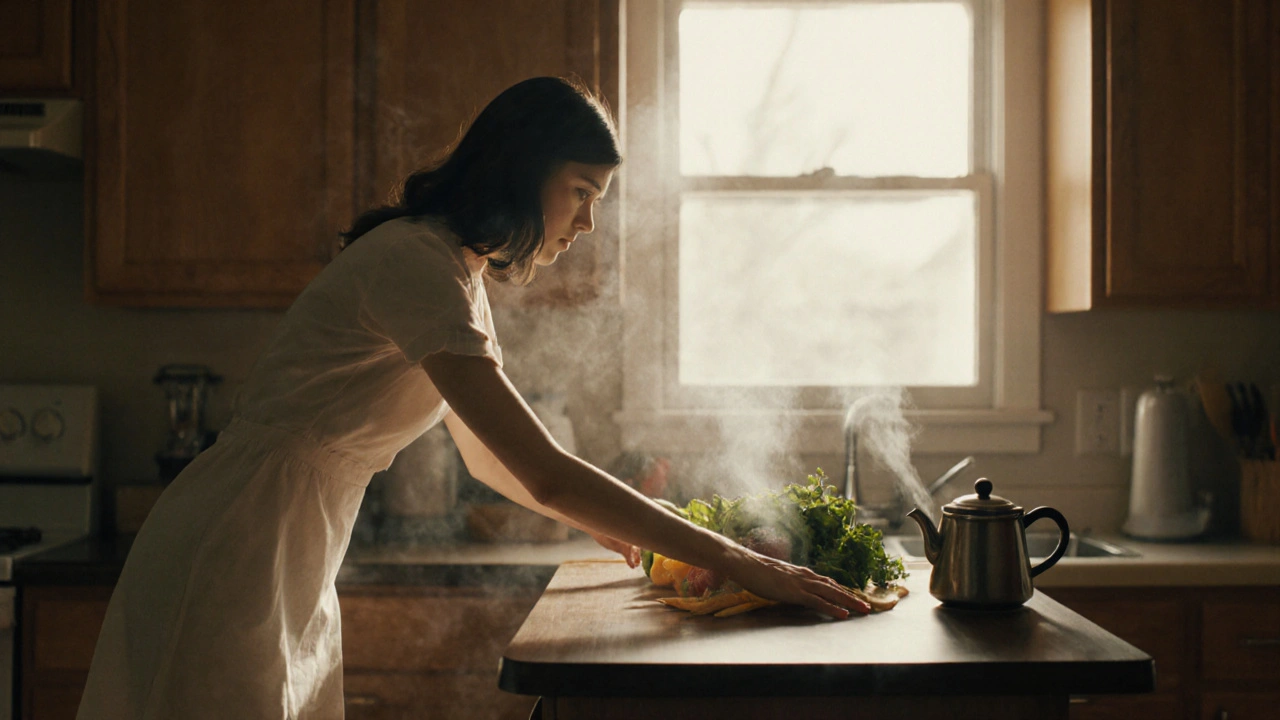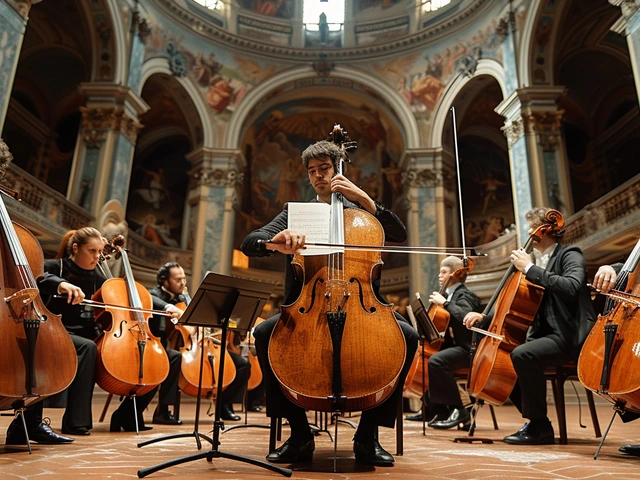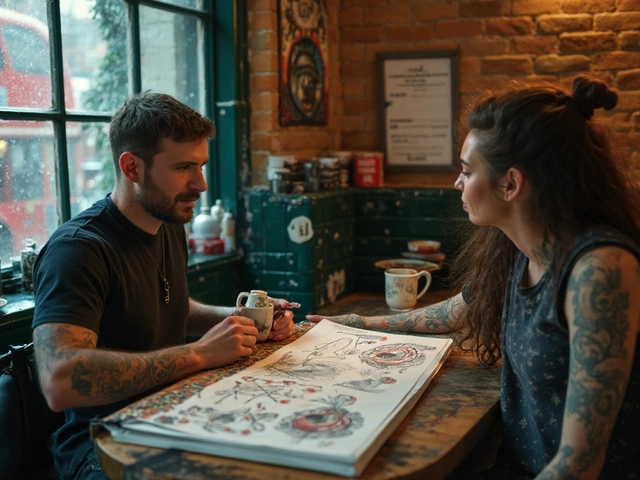Magical Realism Element Identifier
How This Works
Describe a comic scene using 1-3 sentences. Our tool will analyze if it demonstrates key magical realism characteristics: the magic is accepted as ordinary, has no explanation, and serves emotional truth.
Enter a scene description to see if it qualifies as magical realism.
Imagine a woman flying above a city while grocery shopping, or a man who wakes up every morning with a new memory from someone else’s life. These aren’t scenes from a fantasy epic-they’re everyday moments in graphic novels built on magical realism. Unlike high fantasy with dragons and wizards, magical realism doesn’t ask you to believe in a whole new world. It asks you to accept the impossible as part of the ordinary. And in graphic novels and comics, this blend of the real and the surreal becomes a powerful visual language.
What Magical Realism Actually Means in Comics
Magical realism isn’t about magic spells or epic quests. It’s when something impossible happens-like a river that sings or a child who never ages-and everyone around it just carries on. No one stops to explain it. No one panics. That’s the key. The magic is treated like rain: it’s there, it’s strange, but it’s not a problem to solve.
In literature, Gabriel García Márquez made it famous with One Hundred Years of Solitude, where a character ascends to heaven while hanging laundry. In comics, the same logic applies. Take Persepolis by Marjane Satrapi. The story is grounded in real historical events-the Iranian Revolution-but there are moments where Marjane talks to God, or her ancestors appear as ghostly figures in her bedroom. These aren’t dreams. They’re part of her reality. The art style doesn’t change. The colors stay muted. The magic doesn’t glow. It just exists.
That’s the power of the medium. Comics don’t need dialogue to sell the impossible. A single panel-a woman floating above her kitchen table while making tea-is enough. The reader doesn’t question it. They accept it because the world around it feels real.
Why Graphic Novels Are Perfect for Magical Realism
Text-based stories rely on description. A writer has to say: “The walls of the house were covered in vines that whispered secrets.” In comics, you just draw the vines. You draw the lips moving. The reader sees it. No explanation needed.
That visual immediacy makes comics ideal for magical realism. The artist doesn’t have to convince you the magic is real-they just have to make the world feel real enough that the magic doesn’t break it.
Take Blankets by Craig Thompson. It’s a quiet story about first love and religious guilt. But in one sequence, the protagonist walks through a snowstorm, and each snowflake becomes a tiny memory of his childhood. They float around him like fireflies. There’s no voiceover. No narrator. Just the art. And suddenly, emotion becomes visible.
Compare that to a movie. If you tried to show that in film, you’d need special effects, music, lighting, editing-all of which scream, “This is magic!” In a comic, it’s just a drawing. And because it’s drawn in the same style as everything else, it feels natural.
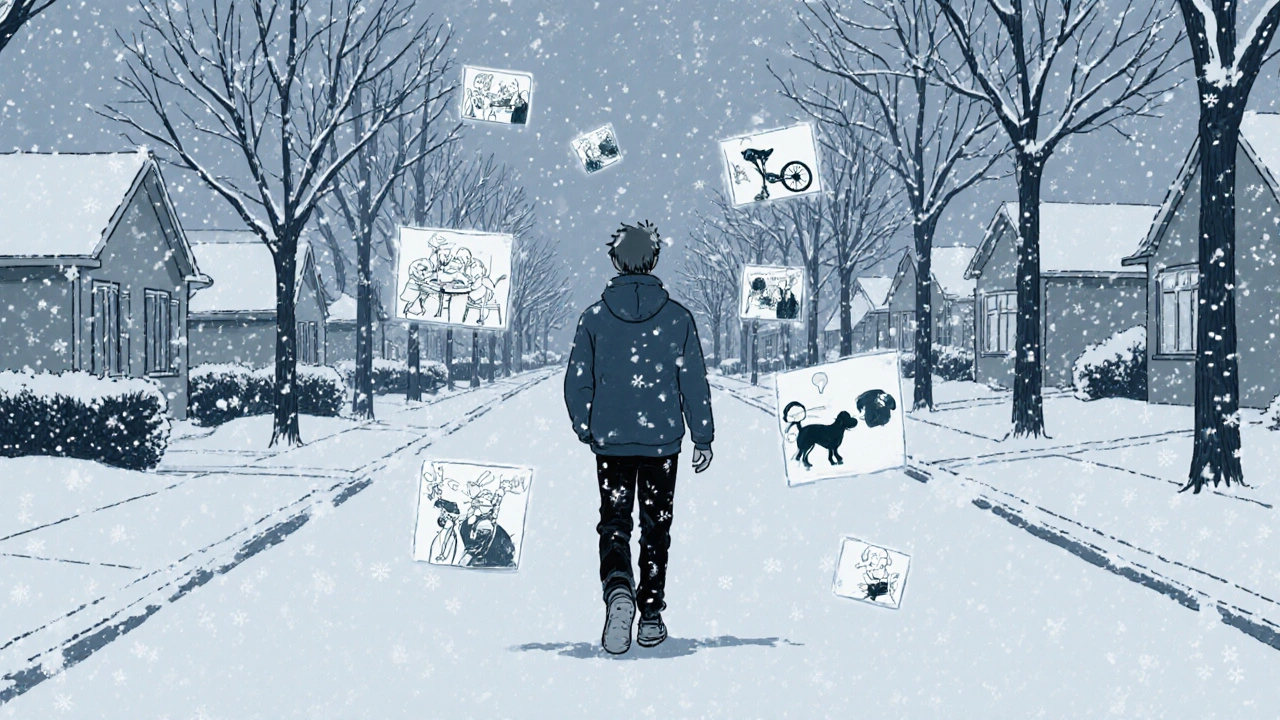
Key Artists Who Mastered Magical Realism in Comics
Several creators have made magical realism central to their work. Their styles vary, but their approach is the same: treat the surreal like a normal part of life.
- Julie Doucet in My New York Diary turns her apartment into a living, breathing character. Walls breathe. Furniture moves when she’s not looking. No one comments. It’s just how things are.
- Jaime Hernandez’s Love and Rockets features characters who live for decades without aging, while the world around them changes. One sister is a punk rocker in the ’80s; another becomes a mother in the 2000s. Time bends, but no one questions it.
- David B.’s Epileptic blends his childhood trauma with surreal imagery-giant insects, shadowy figures, and a brother who becomes a knight in a battle against his own illness. The panels shift from gritty realism to dreamlike abstraction, but the emotional truth never wavers.
- Yuko Shimizu’s The Unwritten series weaves literary myths into real-world settings. A boy discovers he’s the living embodiment of a fictional character. The world reacts like it’s normal. The reader accepts it because the art is so grounded.
These artists don’t use magic to escape reality. They use it to deepen it. The magic isn’t the point. The feeling is.
How the Art Style Reinforces the Magic
Magical realism in comics doesn’t need flashy effects. In fact, the more realistic the art, the stronger the magic feels.
Look at Ghost World by Daniel Clowes. The lines are clean, the colors are flat, the backgrounds are ordinary-diner booths, bus stops, suburban lawns. Then, in one panel, a statue of a woman in the park turns its head and smiles. No explanation. No sound effect. Just a quiet shift in the panel. The reader feels it. Not because it’s scary, but because it’s so normal.
Contrast that with a superhero comic. When Spider-Man swings through New York, the city explodes with motion lines, speed blurs, and glowing energy. The magic is loud. It demands attention.
In magical realism, the magic is quiet. It’s subtle. A shadow that doesn’t match the light source. A reflection in a window that isn’t there. A bird that speaks in the voice of a dead relative. These details don’t shout. They whisper. And because the art stays consistent, the reader leans in to hear it.
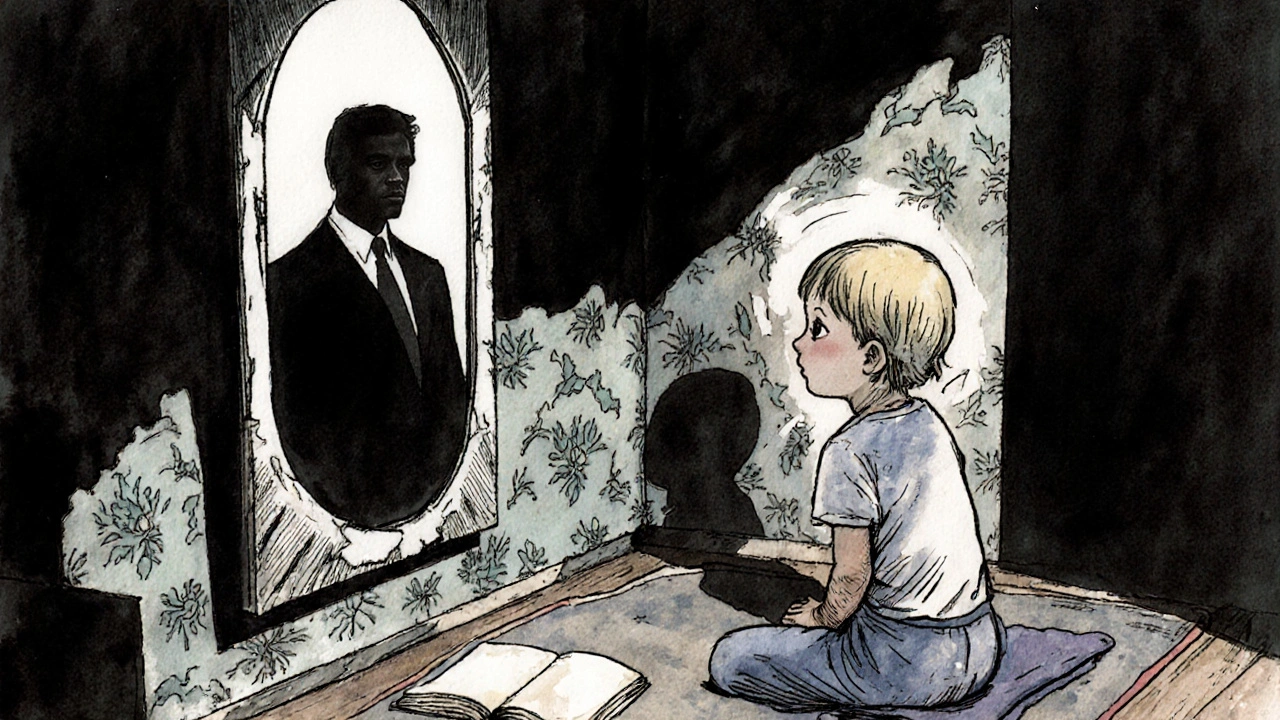
Magical Realism as a Tool for Emotional Truth
The real power of magical realism in comics isn’t in the magic. It’s in what the magic reveals.
In Fun Home by Alison Bechdel, the narrator revisits her childhood home, which is filled with books, furniture, and ghosts of her father’s hidden life. At one point, she imagines herself as a character in a Greek tragedy, standing on a stage while her father watches from the wings. The scene isn’t real. But it’s truer than any photograph could be. The magic lets her express grief, guilt, and longing in a way words alone never could.
Same with Black Hole by Charles Burns. A sexually transmitted disease in 1970s suburbia causes teens to grow strange, grotesque mutations. But the story isn’t about the disease. It’s about isolation, shame, and the fear of being different. The mutations are a visual metaphor. They’re not explained. They’re just there. Like the silence after a fight. Like the way a parent won’t look you in the eye.
Magical realism doesn’t distract from reality. It magnifies it. In comics, where every line carries weight, that magnification becomes unforgettable.
Why This Matters Now
In 2025, we live in a world saturated with spectacle. Superhero movies, AI-generated images, viral TikTok effects-they all scream for attention. But the quiet magic of graphic novels? It doesn’t compete. It lingers.
More readers are turning to comics not to escape reality, but to understand it. Magical realism gives them a way to feel the unspoken: grief, identity, trauma, love. It lets them see what’s hidden in plain sight.
Artists today are using it more than ever. From the quiet horror of My Favorite Thing Is Monsters by Emil Ferris, where a girl believes she’s a werewolf in 1960s Chicago, to the poetic grief of House of the Lost on the Cape by Sachiko Kashiwaba (adapted by Fumiyo Kōno), where a house remembers every person who ever lived in it-these stories don’t need dragons. They just need honesty.
Magical realism in comics isn’t about fantasy. It’s about truth. And that’s why it’s not fading. It’s growing.
Is magical realism the same as fantasy in comics?
No. Fantasy builds new worlds with rules-magic systems, alternate histories, mythical creatures. Magical realism keeps the world the same, but lets impossible things happen within it. In fantasy, a dragon is a creature you fight. In magical realism, a dragon might be your neighbor who shows up for coffee every Tuesday. No one questions it. That’s the difference.
Can any comic use magical realism?
Yes, but it works best when the setting feels real. A superhero comic set in a fictional city might feel like fantasy. But if you set a story in a real place-like a working-class neighborhood in Mexico City or a small town in rural Japan-and then add a character who never ages or a tree that grows memories, it becomes magical realism. The realism is what makes the magic stick.
Why do artists choose magical realism over pure surrealism?
Surrealism is about dreams, chaos, and the unconscious. Magical realism is about waking life with cracks in it. Artists choose it because it lets them explore real emotions-loss, identity, cultural memory-without losing the reader in abstraction. The magic isn’t random. It’s symbolic. It’s tied to how people actually feel.
Are there any recent graphic novels using magical realism in 2025?
Yes. The Sea of Trees by Lila Quintero Weaver (2024) follows a girl who can hear the voices of people who drowned in a river near her home. The river doesn’t flood. The voices don’t scream. They just whisper in the wind. Another is When the Moon Forgot by Rieko Kano, where a child’s lost moon becomes a pet that follows them everywhere. Both books treat the impossible as ordinary, and both have been praised for their emotional depth.
Do you need to know literature to understand magical realism in comics?
No. While the term comes from Latin American literature, the technique works on its own in comics. You don’t need to have read García Márquez to feel the weight of a character who talks to their dead mother in the mirror. The art does the work. The emotion is universal.

